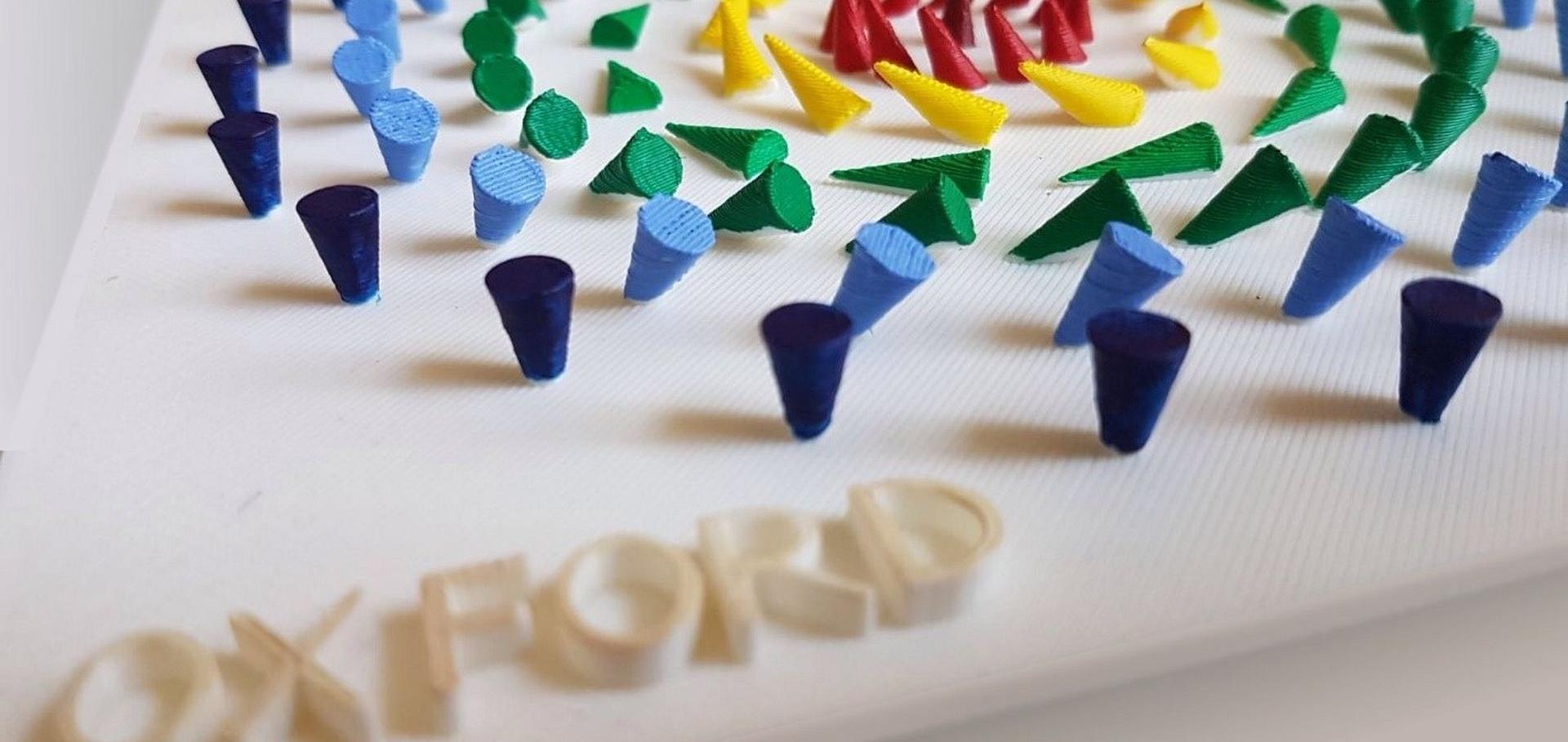Distribution of the dynamic strain and stress components within a layered film of A SAW resonator on LiTaO3
Proceedings of the IEEE Ultrasonics Symposium 1 (2003) 312-315
Abstract:
Based on recent reports about the acoustical power distribution in SAW resonators we present an analytical method to determine the distribution of the dynamic strain and stress components in SAW resonators on LiTaO3. This enables us to calculate the absolute strain and stress values for each point in the layer of a resonator for any driving condition and frequency. The SAW resonator is described by a P-Matrix based model, which gives us the distribution of the potential power and the resulting energy density. For calculation of the relative strain and stress values we used the Partial Wave Method. Using the correlation between the total acoustic power and the energy density distribution normal to the substrate surface, we can calculate the strain and stress values for a given input power. For the direct experimental verification of our calculations we measured the SAW induced displacements as a function of input power.Distribution of the dynamic strain and stress components within a layered film of a SAW resonator on LiTaO3
Proceedings of the IEEE Ultrasonics Symposium 2 (2003) 1149-1152
Abstract:
Based on recent reports about the acoustical power distribution in SAW resonators we present an analytical method to determine the distribution of the dynamic strain and stress components in SAW resonators on LiTaO3. This enables us to calculate the absolute strain and stress values for each point in the layer of a resonator for any driving condition and frequency. The SAW resonator is described by a P-Matrix based model, which gives us the distribution of the potential power and the resulting energy density. For calculation of the relative strain and stress values we used the Partial Wave Method. Using the correlation between the total acoustic power and the energy density distribution normal to the substrate surface, we can calculate the strain and stress values for a given input power. For the direct experimental verification of our calculations we measured the SAW induced displacements as a function of input power.In-situ study of acoustomigration by scanning Acoustic Force Microscopy
Proceedings of the IEEE Ultrasonics Symposium 2 (2003) 1483-1486
Abstract:
High-power operation of surface acoustic wave devices may lead to stress induced material transport, so-called acoustomigration. We used Scanning Acoustic Force Microscopy (SAFM) to study acoustomigration of metal structures in-situ, i.e. during the high-power loading of the device. SAFM allows for the simultaneous measurement of the acoustic wavefield and the topography with submicron lateral resolution. We present acoustic wavefield and topographic image sequences giving a clear insight into the nature of the film damage on a submicron scale. The 900 MHz test structures were fabricated on 36°YX-LiTaO3 incorporating 420 nm thick Al electrodes. By correlating the acoustic wavefield mapping and the local changes in the topography point-by-point, already the initial changes of the granular structure that lead to acoustomigration can be visualized.Multi-frequency and multi-mode GHz surface acoustic wave sensor
Proceedings of the IEEE Ultrasonics Symposium 2 (2003) 1408-1411
Abstract:
We present a novel surface acoustic wave sensor, incorporating the advantages of multi-frequency and multi-mode operation in a single acoustic device structure. SAW sensors are commonly based on the change of the effective elastic constants or the mass loading of the device due to a different sensor environment. Usually, single acoustic modes at a fixed frequency are employed that are able to detect certain chemical species depending on the coating in the wave's propagation path. Analyzing multiple acoustic modes or multiple excitation frequencies that are each reacting differently on a particular load permits the multi-parameter analysis of gases and liquids. We present a sensor system that is based on floating electrode unidirectional transducers (FEUDTs) allowing for the excitation of a set of 48 equally spaced frequencies and at least two acoustic modes (depending on the material system) in a single transducer structure. FEUDTs are the basis for the efficient excitation of acoustic waves at GHz frequencies without the use of sophisticated nanofabrication techniques. Higher frequencies, on the other hand, are advantageous for the sensitivity of the device. We tested the basic operation of our sensor system by applying it to humidity sensing without a sensitive layer.Variable-temperature micromagnetic study of epitaxially grown MnAs films on GaAs(001)
Applied Physics A: Materials Science and Processing 77:6 (2003) 739-742


